(NB&CL) For a long time, when talking about the development of cultural industries, many opinions have said that we have not yet fully exploited the potential of heritage resources. Why is this situation happening, what are the problems? How to sustainably exploit heritage resources? The Journalist & Public Opinion newspaper had a conversation with Professor, Dr. Tu Thi Loan about these contents.
Need to remove barriers
+ “Turning heritage into assets” - this is a topic that has been discussed a lot and we all agree on this issue. But the issue of how to turn heritage into assets is still quite vague. According to you, what do we need to do to turn heritage into resources for development, to have real changes and not just general slogans?
- Obviously, it is a difficult story, so we keep shouting but still do not have many results. But in my opinion, doing anything besides unifying from awareness to action requires many factors. In which, first of all, resources are needed, including human resources, financial resources, and material resources. When human resources do not have enough professional qualifications and skills, and related infrastructure such as roads, hotels, and restaurants do not meet the requirements, the heritage will remain frozen there, unable to attract tourists and unable to develop tourism products or cultural industrial products.

Professor, Dr. Tu Thi Loan. Photo: quochoi.vn
Besides, mechanisms and policies are also extremely important. We keep shouting but have not created a favorable legal corridor; when there are still many obstacles and barriers, it is very difficult to turn heritage into assets. In addition, it is also necessary to create a very open and healthy market for tourism businesses and businesses in the cultural industry to develop.
+ In order to exploit relics for tourism development, there has been a situation of renovation and construction of new works that destroy the old structure of the relics, "rejuvenate" the relics, overexploit the relics... There is also a tendency to "grandiose" the relics/heritage, causing the heritage to be distorted and distorted. Do you think there should be a limit to the exploitation of heritage? And if so, how will it be managed?
- Certainly, this requires strict management by the State. If we let the people, the management boards, and the custodians of the temples and pagodas do as they please, there will certainly be chaos. In fact, not long ago at Huong Pagoda, there was a fake cave and fake pagoda incident that forced the authorities to blow the whistle and take action to demolish it. At the Trang An scenic relic site, there was also a story about people building a road with thousands of steps in the core area of the relic. There were also big dance performances with 5,000 people, and record-breaking singing performances with thousands of people, and people thought that doing so was to create a brand, to attract tourists. But the nature of heritage is not like that. If we exaggerate to the point of damaging and destroying heritage, we need principles for this.
We have the tools, which are the UNESCO Conventions and especially we have the revised and supplemented Law on Cultural Heritage that has just been passed by the National Assembly. All of these laws are regulations that help us protect and promote the value of heritage. We must realize that heritage is a national asset, an asset of humanity, so there must be strict regulations to restrain, to control the “red line”, not allowing violations to occur.
The community must share the benefits.
+ In the process of turning heritage into resources for development, how are the roles and interests of the community holding that heritage positioned, madam?
- One of the requirements for sustainable cultural development set forth by the United Nations clearly stipulates that the benefits of exploiting cultural heritage must be shared fairly with the community where the heritage is located or the subject of the heritage. In socio-economic development, local leaders always require that each heritage exploitation project must create a certain number of jobs for the people, must bring revenue to the State as well as local residents... Therefore, the role of the community as one of the stakeholders must be shared in the benefits. This can be clearly seen in Hoi An when people in the heritage area are allowed to trade, benefit from tourism activities, and exploit many related services. At Hung Temple, Huong Pagoda, Bai Dinh or Ponagar Tower, Ba Chua Xu Temple on Sam Mountain and many other places, people also gain many benefits from exploiting the values of heritage in tourism activities. People have jobs and their lives are improved, so they will voluntarily join hands to protect heritage.
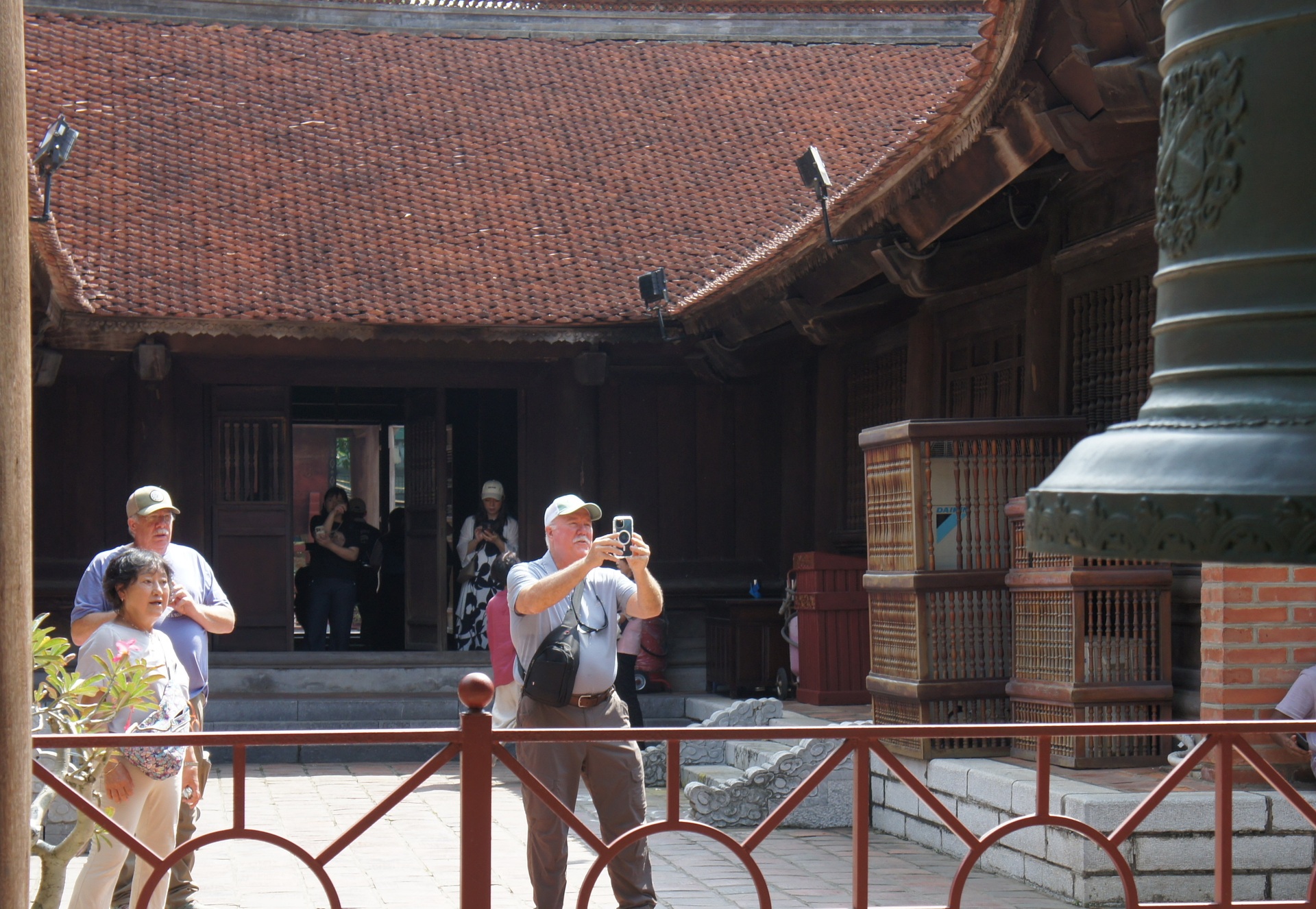
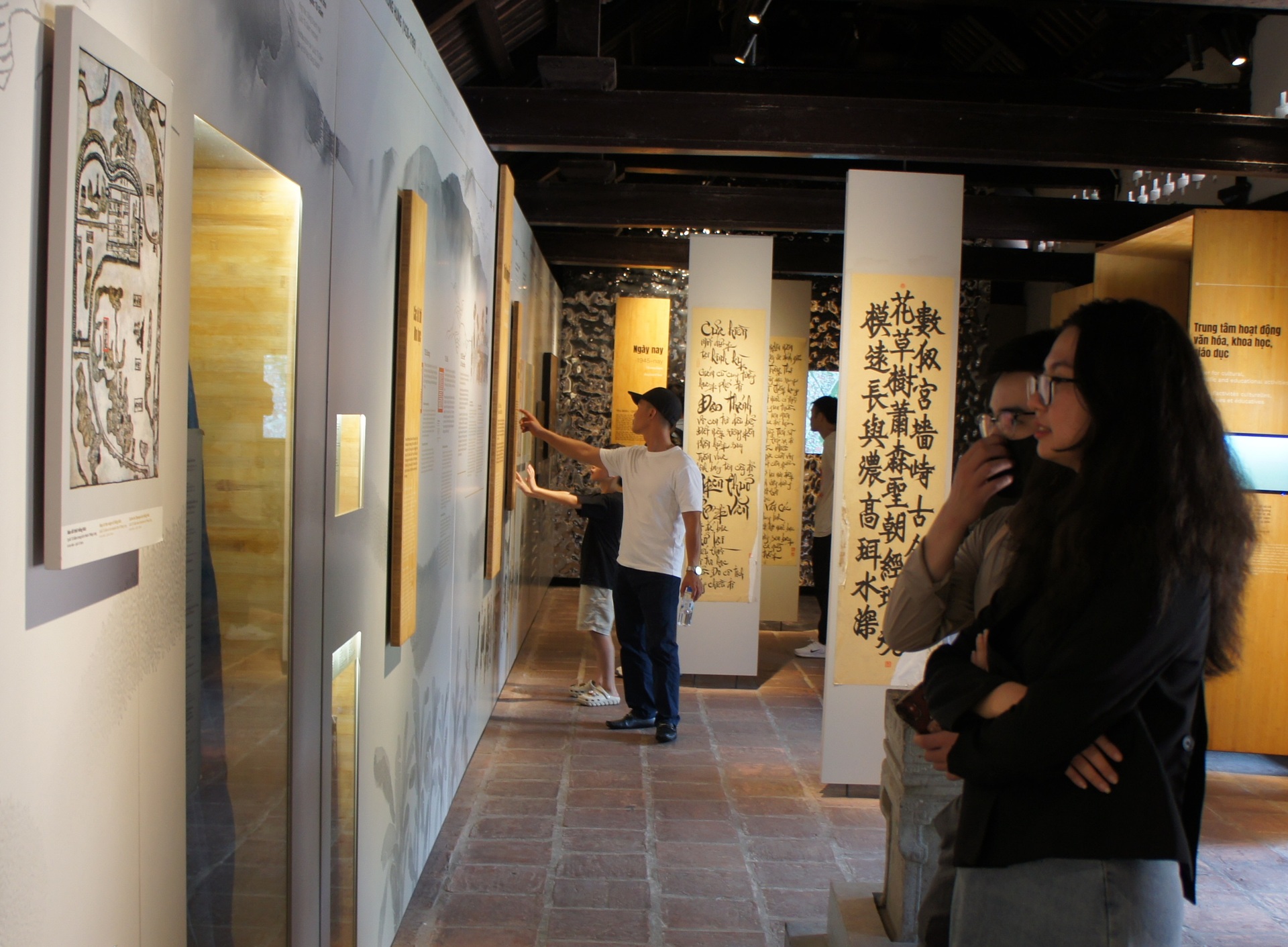
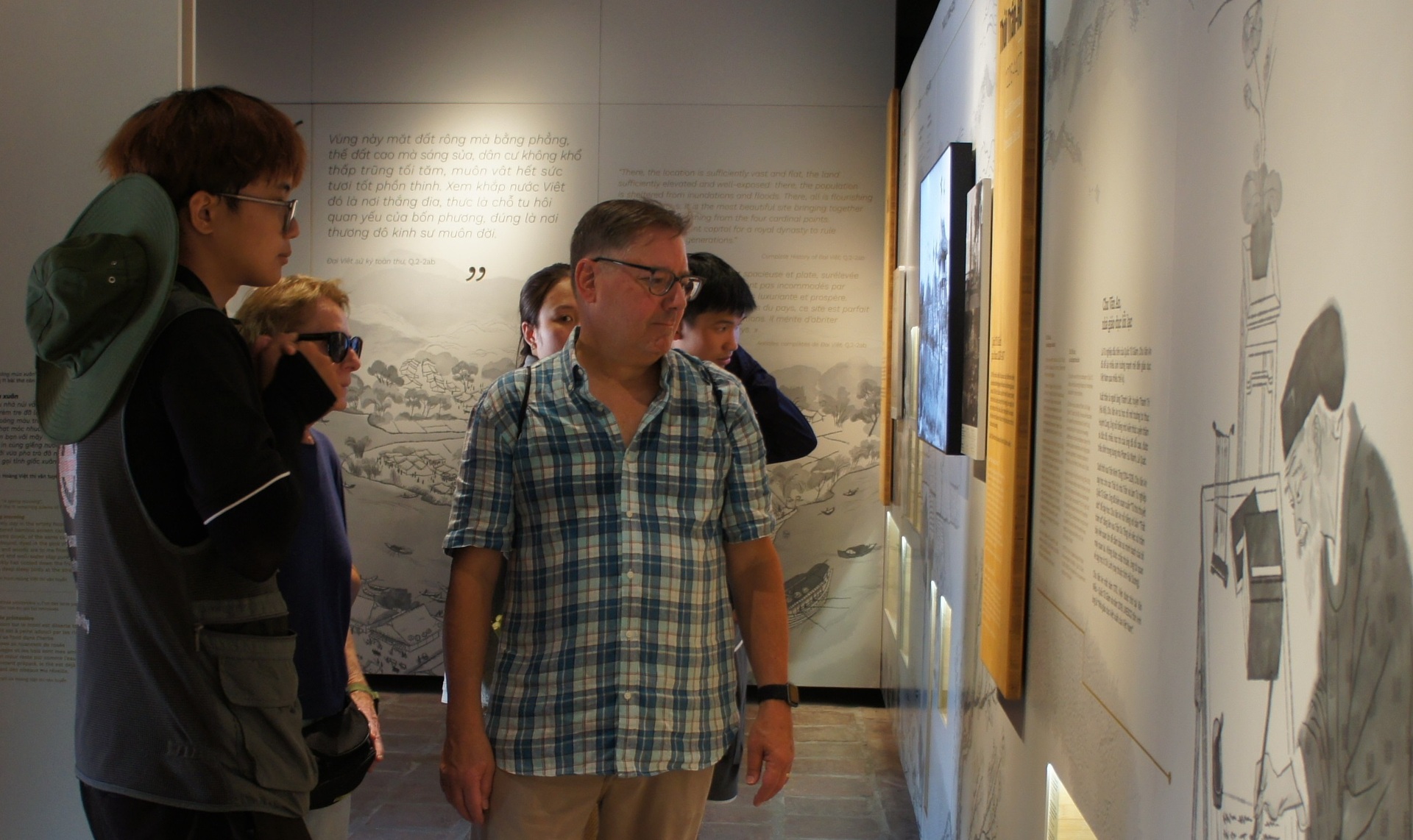
The Temple of Literature - Quoc Tu Giam relic complex is always a place that attracts tourists to Hanoi. Photo: Management Board of the Temple of Literature - Quoc Tu Giam relic complex
+ But in reality, not every place can do that. For example, in Duong Lam, there was a story of people asking to return the title of relic?
- The story of exploiting and protecting heritage must be closely coordinated by the relevant parties. For example, when the tourist side comes to exploit, they must allocate a certain percentage of the revenue to pay the locality, then the locality will redistribute it to the people. Even if the people are not allowed to build houses, they must still benefit from the heritage. These issues are done very well in many countries. For example, Lijiang village in China, when the people participate in maintaining the ancient village, they share a lot of benefits. Thanks to the tourism connection, the people here develop traditional crafts, develop support services...
Returning to the story of Duong Lam, we need to learn from foreign models such as Korea, Thailand... Duong Lam has many things that can be turned into unique tourism products, what we lack is breathing life into those things. We have not created attractive stories associated with this ancient village to tell tourists, such as Thay Pagoda recently having a live stage "Quintessence of the North" or Trang An has become "famous" after the movie "Kong: Skull Island"... With Duong Lam, perhaps just attaching a movie or a cultural event to it, the inherent unique features will be promoted very well. Looking more broadly, we can completely exploit contemporary elements associated with heritage, integrate creative elements into traditional heritage, thereby creating attractive tourism products for tourists. But if we remain passive, freezing heritage to live with the ashes of the past, it will be very difficult to bring about a breakthrough.
+ Thank you!
The Vu (Performed)
Source: https://www.congluan.vn/gs-ts-tu-thi-loan-khong-the-dong-bang-di-san-de-song-voi-tro-tan-qua-khu-post328145.html




![[Photo] Prime Minister Pham Minh Chinh receives Swedish Minister of International Development Cooperation and Foreign Trade](https://vphoto.vietnam.vn/thumb/1200x675/vietnam/resource/IMAGE/2025/5/12/ae50d0bb57584fd1bbe1cd77d9ad6d97)

![[Photo] Prime Minister Pham Minh Chinh starts construction of vital highway through Thai Binh and Nam Dinh](https://vphoto.vietnam.vn/thumb/1200x675/vietnam/resource/IMAGE/2025/5/12/52d98584ccea4c8dbf7c7f7484433af5)
![[Photo] Prime Minister Pham Minh Chinh works with the Standing Committee of Thai Binh Provincial Party Committee](https://vphoto.vietnam.vn/thumb/1200x675/vietnam/resource/IMAGE/2025/5/12/f514ab990c544e05a446f77bba59c7d1)


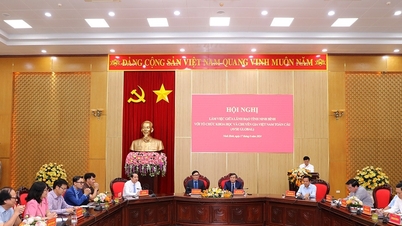

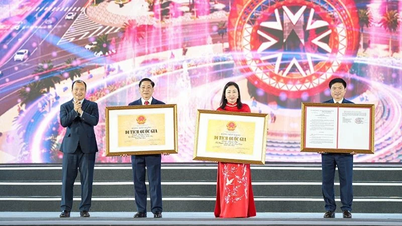
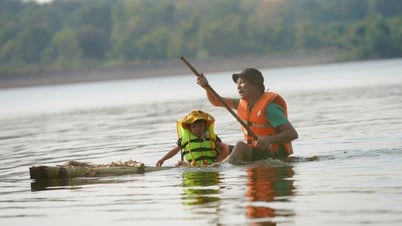
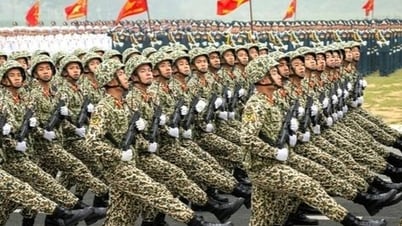


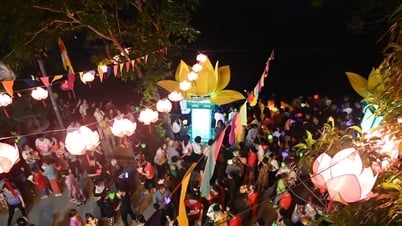









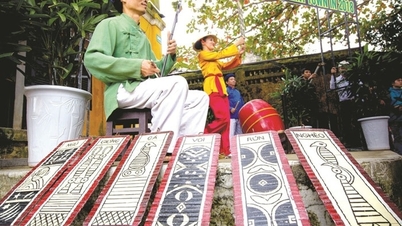

















































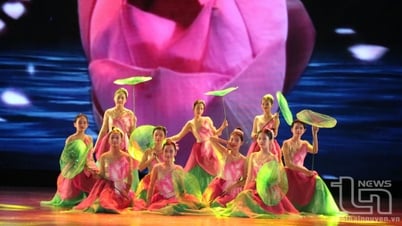

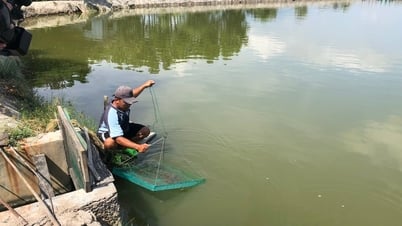

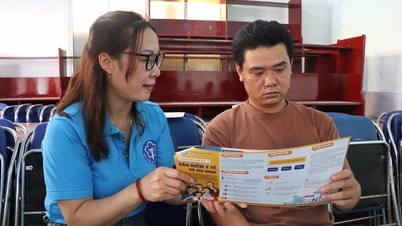
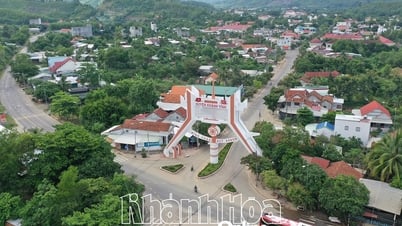











Comment (0)